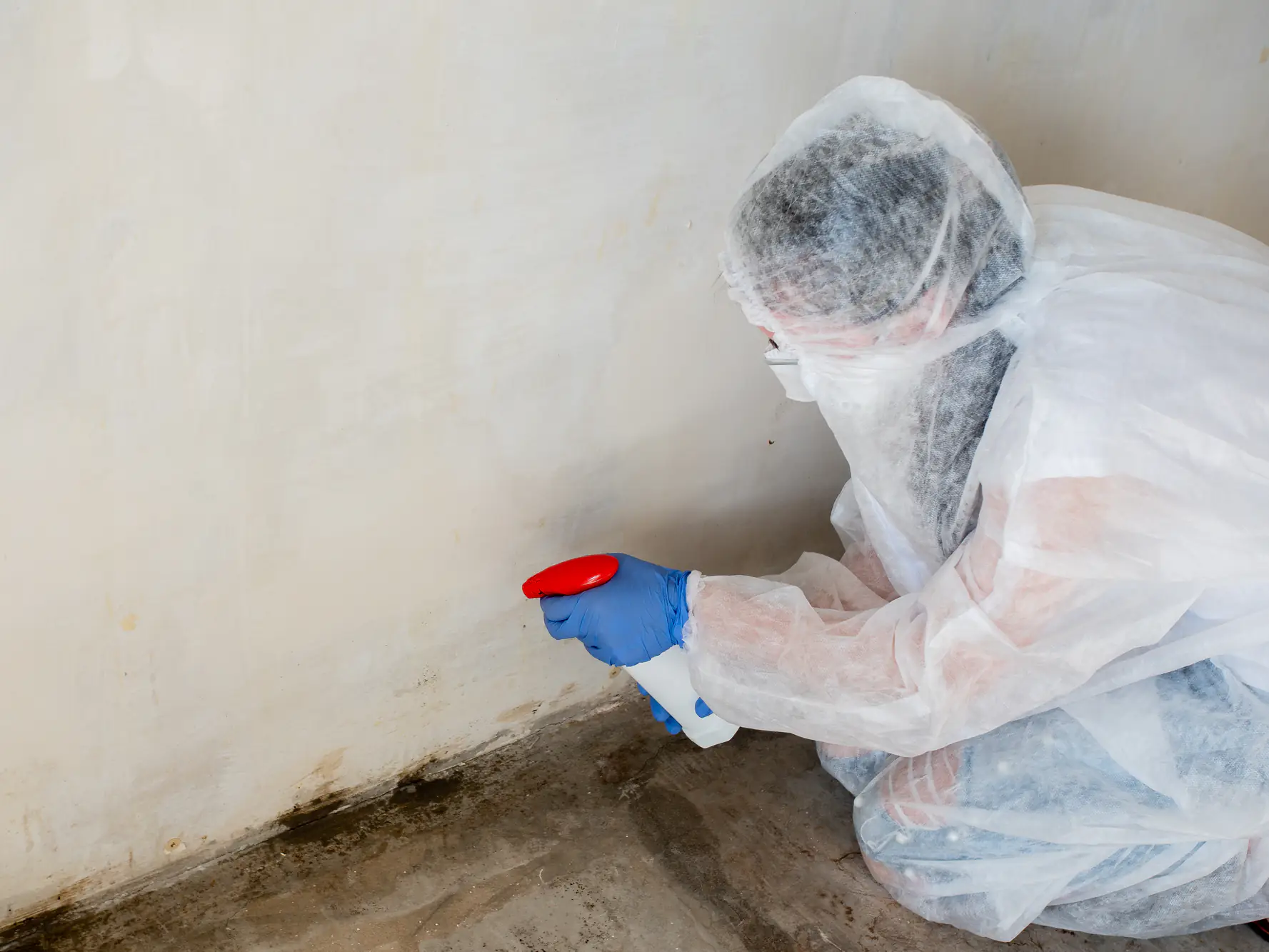
Hear from Our Customers
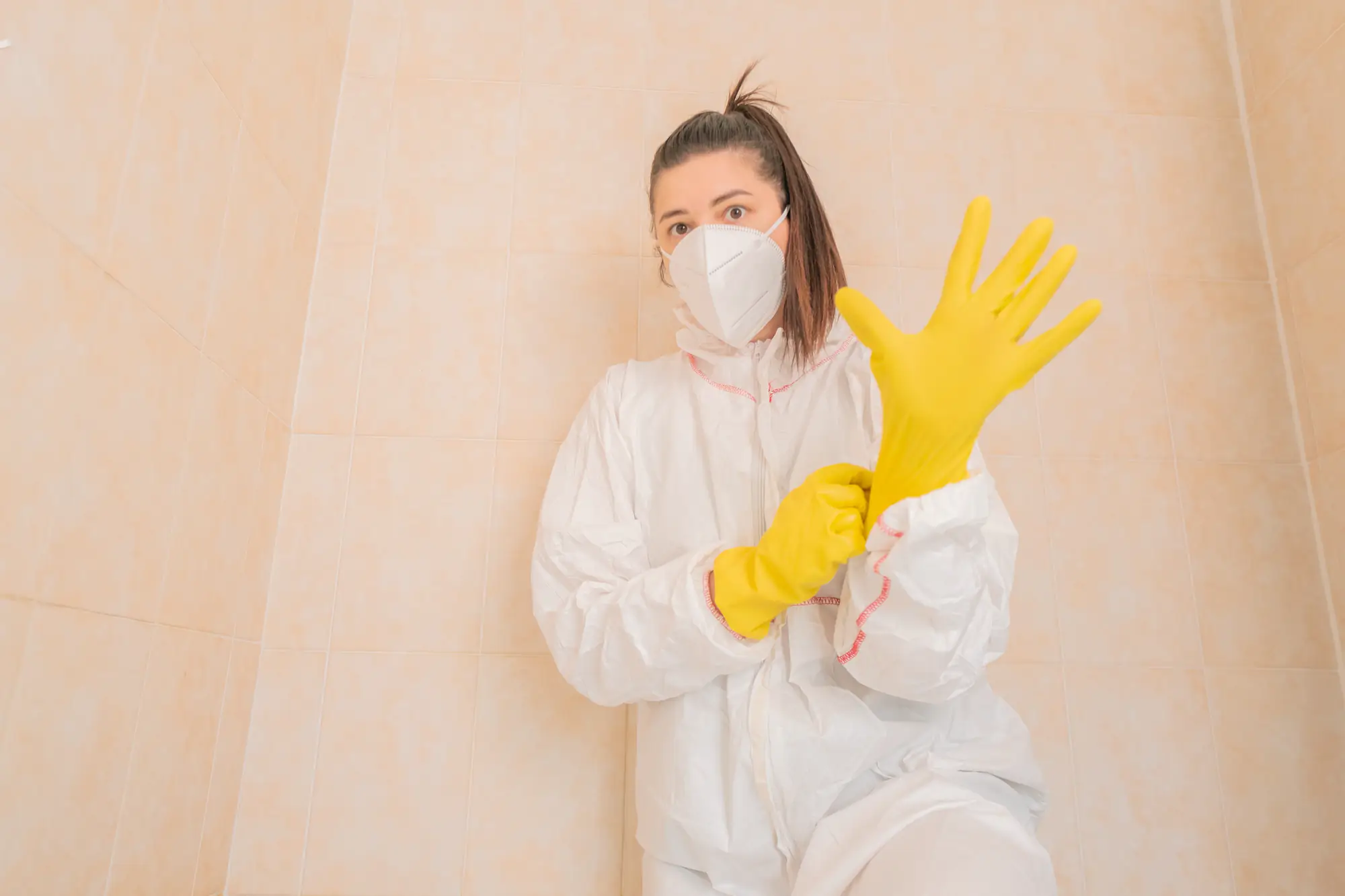
When mold is gone, you breathe easier. Your family stops dealing with mysterious coughs, stuffy noses, and that musty smell that never seems to go away.
You get your peace of mind back knowing your kids aren’t breathing in harmful spores every day. Your home value stays protected instead of taking a hit when it’s time to sell.
The constant worry about what’s growing behind your walls disappears. You can finally use your basement, bathroom, or wherever the problem was without that nagging concern about your family’s health.
We understand Lower Southampton’s unique challenges. Our hot, humid summers create perfect conditions for mold growth, especially when your AC is running constantly.
We’ve seen what happens in homes here when small leaks go unnoticed or when humidity gets out of control. The good news is we know exactly how to fix it.
Our team uses EPA-approved methods and proper containment to make sure the mold doesn’t spread during removal. We’re not here to scare you with horror stories – we’re here to solve the problem right the first time.
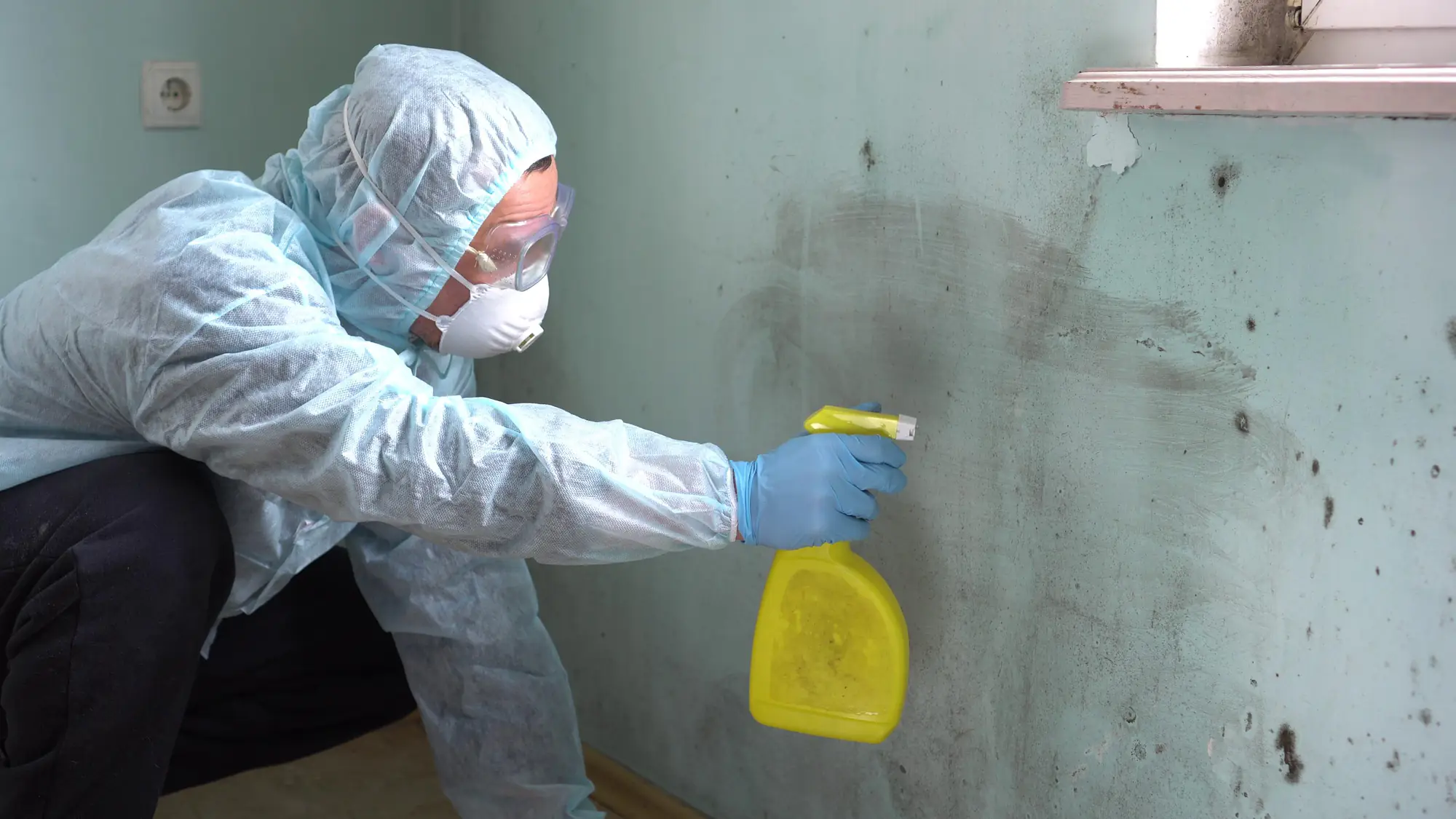
First, we inspect your home to find exactly where the mold is growing and what’s causing it. No surprises, no hidden problems discovered halfway through the job.
Next, we contain the affected area so mold spores don’t travel to clean parts of your home. We use specialized equipment to remove contaminated materials safely and treat surfaces with antimicrobial solutions.
Finally, we address the moisture source that caused the problem in the first place. Without fixing what’s feeding the mold, it’ll just come back. We make sure that doesn’t happen.
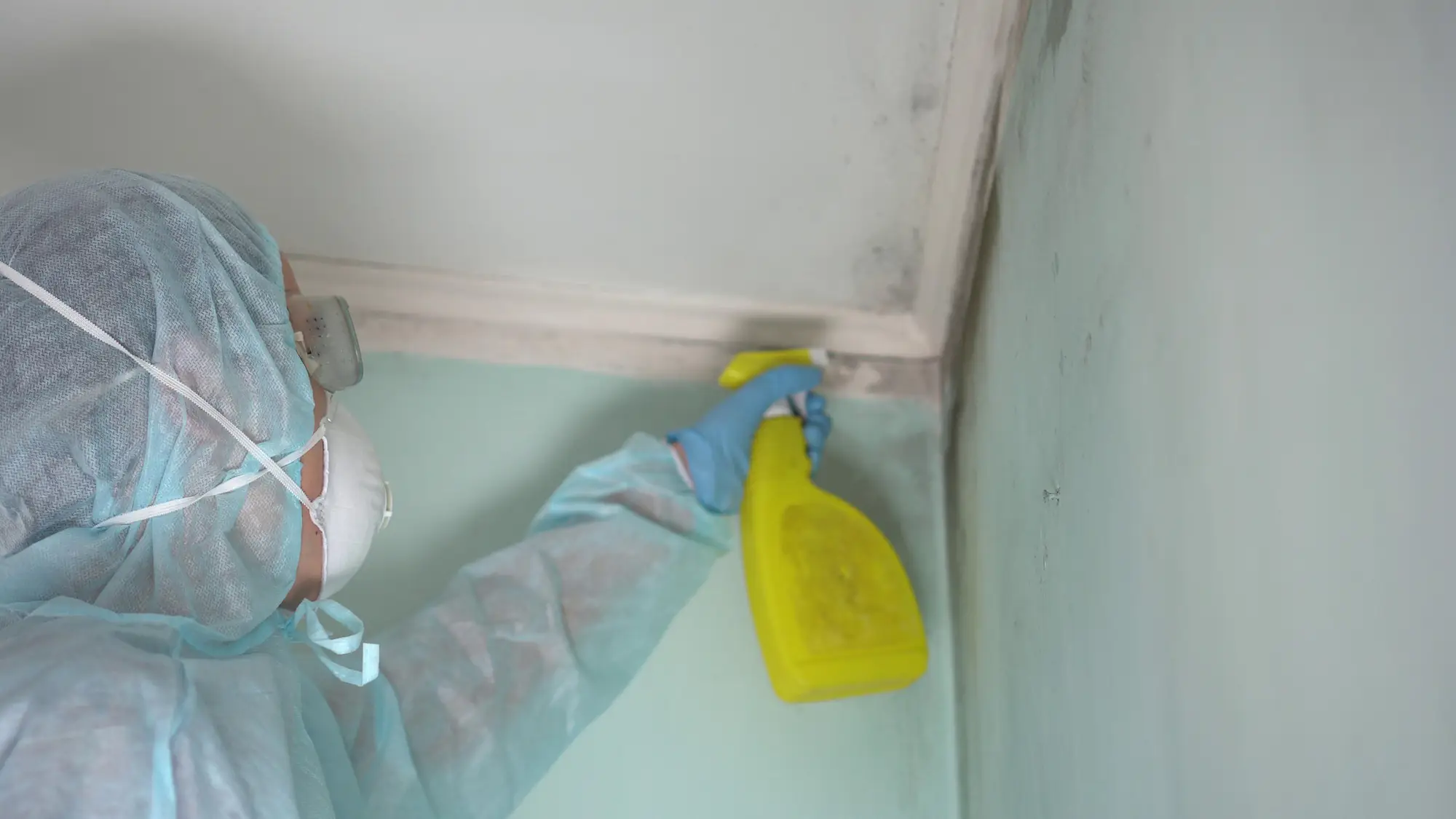
Ready to get started?
Our mold removal service includes everything you need to get your home back to normal. We handle the testing, containment, removal, and prevention – not just a quick cleanup that leaves you wondering if the problem is really solved.
In Lower Southampton’s climate, we see mold most often in basements, bathrooms, crawl spaces, and around HVAC systems. The high humidity during summer months, combined with our temperature swings, creates conditions where mold can grow within 24-48 hours of water damage.
We use professional-grade dehumidifiers, HEPA air filtration, and proper disposal methods. Every job includes addressing the root cause – whether that’s a leak, poor ventilation, or humidity control issues specific to your home’s layout and our local climate.
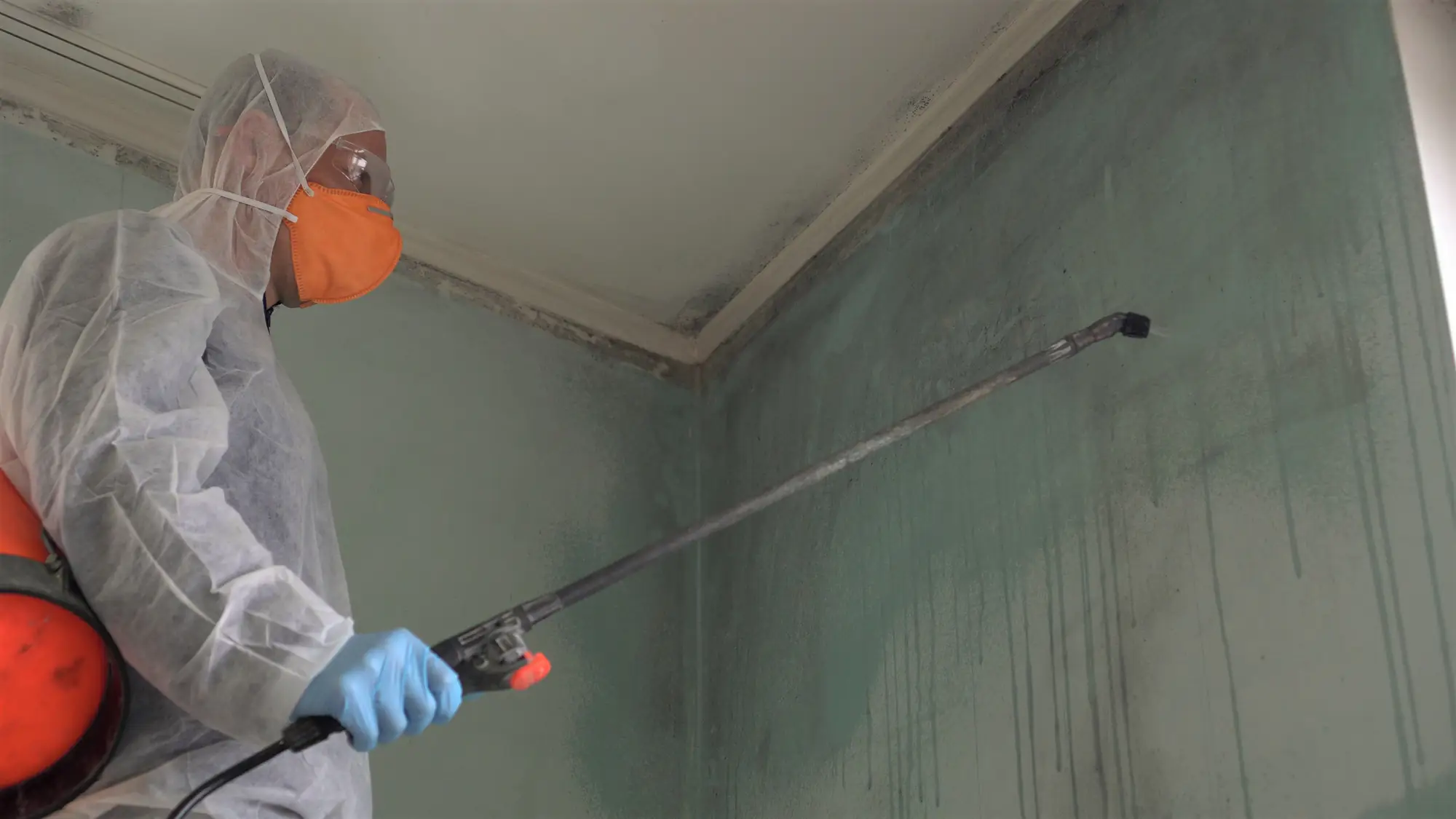
Most homeowners in our area spend between $1,500 and $3,500 for professional mold remediation, depending on the size and location of the problem. Small bathroom issues might run around $600, while whole-house remediation can reach $5,000 or more.
The cost depends on how much mold we’re dealing with, what materials need to be removed, and whether we need to do reconstruction afterward. We always provide upfront pricing after our inspection so you know exactly what to expect.
Keep in mind that waiting usually makes the problem more expensive. Mold can spread quickly in our humid climate, and what starts as a small issue can become a major remediation project if left untreated.
The most common mold we find in homes here is the Penicillium and Aspergillus group, which shows up in about 38% of the air samples we test. These typically appear as blue-green or black patches and thrive in our humid conditions.
Stachybotrys, often called black mold, appears in about 16% of homes and usually grows on materials like drywall, wood, and paper after long-term water damage. We also see Cladosporium frequently, especially around HVAC systems and in areas with poor ventilation.
The specific type matters less than getting it removed properly. Any mold can cause health issues and property damage, so we focus on complete removal regardless of the species we’re dealing with.
Mold can start growing within 24-48 hours after water damage, especially in Lower Southampton’s climate where temperatures often hit the 77-88°F range that mold loves. Our high humidity makes the problem even worse.
This is why we recommend calling for help immediately after any water intrusion – whether it’s a burst pipe, roof leak, or flooding. The longer you wait, the more extensive the remediation becomes.
Even small leaks that seem insignificant can create major mold problems if they go unaddressed for weeks or months. We’ve seen situations where a minor bathroom leak turned into a whole-house remediation project because the homeowner thought it would dry out on its own.
Small areas of mold (less than 10 square feet) can sometimes be cleaned by homeowners using proper safety equipment and EPA-approved cleaners. However, most situations we see require professional help.
If the mold covers more than about 3 feet by 3 feet, if it’s in your HVAC system, or if anyone in your home has respiratory issues, you should call professionals. We have the specialized equipment to contain the area and prevent spores from spreading during removal.
DIY removal often makes the problem worse because disturbing mold without proper containment sends spores throughout your home. We’ve been called to fix plenty of situations where well-meaning homeowners accidentally made a small problem much bigger.
Mold prevention is all about moisture control. We fix the source of the problem – whether that’s a leak, poor ventilation, or humidity issues – not just the visible mold growth.
In Lower Southampton’s climate, we recommend keeping indoor humidity between 30-50% using dehumidifiers, especially in basements and crawl spaces. Make sure your bathroom and kitchen exhaust fans are working properly and that your HVAC system is maintained regularly.
We also seal any entry points where moisture could return and provide specific recommendations based on your home’s layout and the conditions that caused the original problem. Prevention is much cheaper than remediation.
Insurance coverage for mold removal depends on what caused the problem. If mold resulted from a covered event like a burst pipe, storm damage, or sudden water intrusion, your policy might cover the remediation costs.
However, mold from gradual leaks, poor maintenance, or high humidity is typically not covered. Insurance companies consider these preventable issues that fall under normal home maintenance.
We work with insurance companies regularly and can help document the cause of your mold problem. We recommend calling your insurance agent as soon as you discover mold to understand your coverage before starting any work.
Other Services we provide in Lower Southampton